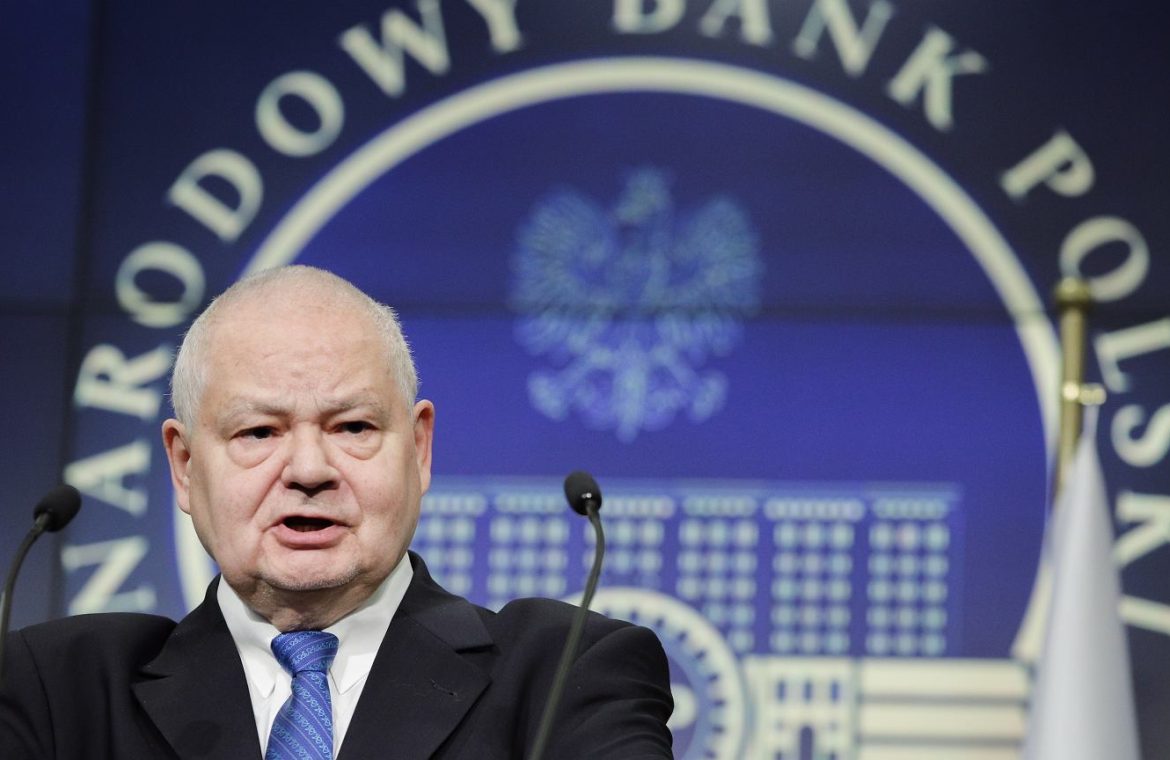The swap line between the National Bank of Poland and the European Central Bank is valid until January 15, 2023, unless extended. It will enable Poland’s central bank to get additional liquid money in euros – up to 10 billion euros – from the European Central Bank for zlotys, for a period of up to three months.
NBP explains in a press release that the decision to launch the swap line was made “due to the uncertainty regarding the evolution of the geopolitical situation and related fluctuations in international financial markets.” The purpose of the line is to increase the possibility of using liquid funds in foreign currencies.
The possibility of obtaining liquid funds in euros from the European Central Bank will enhance the stability of the Polish financial system and provide an additional safety barrier in case of turmoil in international financial markets
– Explains NBP.
NBP will be able to borrow 10 billion euros for a while
What does activating the swap line between the NBP and the European Central Bank mean in practice? The Polish Central Bank will have the option (although, of course, it will not have to use it) to receive a certain amount from the ECB in euros for the zloty, at a predetermined exchange rate. After a certain period of time (according to the NBP statement – up to three months), the reverse process will occur – the euro will again flow from NBP to the European Central Bank, and the zloty will again flow into NBP.
In short – the swap line with the European Central Bank gives the National Bank of Poland additional liquidity in euros. If NBP needs extra euros – it will be able to get it directly from the European Central Bank. NBP can use this money, for example, for currency interventions.
Most likely, NBP wants to get liquidity to intervene in currencies without selling securities in assets
– says Paweł Ropiak, economist at Gospodarstwa Krajowego Bank.
NBP states that it has a high level of its foreign exchange reserves. At the end of February this year. The official reserve assets of the National Petroleum Corporation amounted to more than 143 billion euros. As the Polish Central Bank points out – referring to the assessment, among other thingsat. From the International Monetary Fund and rating agencies – its reserves are kept “at an appropriate level ensuring financial stability and security of payments for Poland”.
NBP wants swap line ‘just in case’
So why an extra swap line when we have so many foreign exchange reserves?
To create space just in case and to be sure citizens, economy and investors. But not because we have to and we need it now
– said the head of the NBP, Adam Glapiński on March 9 this year. At the press conference following the MPC meeting, he was asked if he was in talks about launching swap lines with major central banks. He also noted that until 2017, Poland had a so-called flexible credit line at the IMF that had not been used before.
It was there to increase our credibility in the international markets. Alternatively, swaps also serve this purpose – to show that we have space in the tens of billions of euros.
– Glapiński said.
Kamil Sobolevsky, chief economist at Employers in the Republic of Poland, also writes about the swap line.
The NBP swap line with the European Central Bank is a boost in the event of a crisis
Sobolevsky writes.
- Help Ukraine, join the group. You deposit money on the site pcpm.org.pl/ukraina


.jpeg)
.jpeg)





